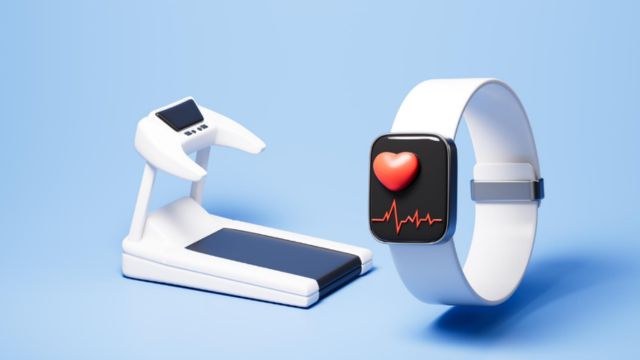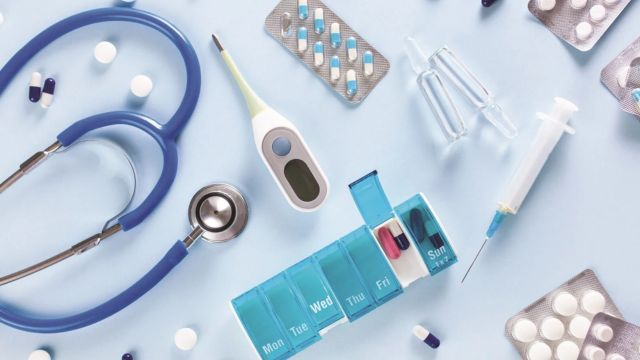In the medical field, medical supplies are an essential part of healthcare operations. From hospitals and clinics to home care providers, the demand for medical supplies is constant. However, balancing quality and affordability can be a challenge for healthcare organizations, businesses, and individual patients. While it’s important to ensure that medical supplies are effective and meet safety standards, the increasing costs of these products can strain budgets and impact accessibility.
This article will explore the key factors influencing the cost of medical supplies, the challenges healthcare providers face in balancing quality with cost, and strategies for obtaining quality medical supplies without breaking the bank.
Factors Affecting the Cost of Medical Supplies

Several factors contribute to the high cost of medical supplies, which can sometimes make it difficult for healthcare providers to maintain the quality and quantity of products they need.
Manufacturing Costs:
The process of manufacturing medical supplies, especially advanced devices and products, can be expensive. This includes research and development (R&D), material costs, labor, and quality control. High manufacturing costs often translate into higher prices for the final product.
Regulatory Compliance:
Medical supplies are subject to strict regulations set by health authorities like the FDA (U.S. Food and Drug Administration) and ISO (International Organization for Standardization). Complying with these regulations ensures that products meet safety and efficacy standards, but it also adds to production costs. Manufacturers often need to invest heavily in clinical trials, testing, and certification, all of which impact the cost of the supplies.
Supply Chain Issues:
The medical supply chain is complex, involving multiple steps such as sourcing raw materials, manufacturing, packaging, distribution, and storage. Any disruptions, such as natural disasters, geopolitical issues, or transportation challenges, can drive up costs. For example, the COVID-19 pandemic exposed vulnerabilities in the medical supply chain, leading to shortages and higher prices.
Demand Fluctuations:
Some medical supplies are in higher demand than others due to factors like seasonal diseases, epidemics, or technological advancements. As demand increases, prices tend to rise as well. For example, during flu season, the demand for surgical masks and respiratory devices surges, which can increase their price.
Branding and Marketing:
Like any industry, medical supplies can vary in price depending on the brand. Well-known brands often charge a premium due to their reputation for quality, even if the actual product is not significantly different from a generic option. Marketing and advertising can also add to the final cost.
Storage and Handling:
Some medical supplies, particularly those that require refrigeration or other special storage conditions, incur additional costs for transportation and handling. These added logistical costs contribute to the overall price of the supplies.
Balancing Quality and Affordability in Medical Supplies
While it’s tempting to opt for cheaper medical supplies to reduce expenses, quality should never be compromised. Low-quality medical supplies can lead to adverse patient outcomes, safety issues, and potential legal consequences. Therefore, healthcare providers and businesses must carefully balance quality and affordability.
Here are some strategies to achieve this balance:
Prioritize Essential Supplies:
Not all medical supplies are equally critical. Healthcare providers should focus on investing in high-quality supplies for essential, high-risk procedures, such as surgical instruments, diagnostic devices, and life-saving medications. For less critical supplies, it may be acceptable to choose more affordable options that still meet basic standards.
Consider Generic Options:
Generic medical supplies can provide the same level of safety and efficacy as branded products but at a lower price. Many healthcare providers are turning to generic versions of products like gloves, bandages, and syringes to reduce costs without sacrificing quality.
Bulk Purchasing:
Buying medical supplies in bulk can help healthcare organizations reduce per-unit costs. Bulk purchasing is particularly effective for consumables like gloves, masks, and gauze. This also allows providers to negotiate better prices with suppliers.
Long-Term Supplier Relationships:
Establishing long-term relationships with reliable suppliers can lead to discounted pricing and more favorable terms. Suppliers are often willing to offer discounts to organizations that place regular, larger orders. Additionally, it helps ensure a consistent supply of quality products.
Leverage Technology:
Healthcare providers can use technology, such as supply chain management software, to streamline their purchasing process. This can help track inventory levels, predict demand, and identify cost-saving opportunities.
Participate in Group Purchasing Organizations (GPOs):
GPOs are networks of healthcare providers that pool their purchasing power to negotiate better prices for medical supplies. By joining a GPO, healthcare providers can access volume discounts and other cost-saving benefits.
Why Quality in Medical Supplies Matters
While affordability is a crucial factor, quality should never be compromised when it comes to medical supplies. Poor-quality supplies can lead to:
Patient Safety Risks: Low-quality supplies can result in infections, injuries, or other complications that endanger patients’ health.
Legal and Financial Repercussions: Healthcare providers can face legal action and financial penalties if they use subpar supplies that cause harm to patients.
Increased Long-Term Costs: While cheaper medical supplies may save money upfront, they can lead to increased costs in the long run due to higher rates of product failure, recalls, and repairs.
Conclusion
Finding the right balance between quality and affordability in medical supplies is crucial for healthcare providers, businesses, and patients. By strategically selecting high-quality yet cost-effective products, investing in bulk purchasing, and forming long-term relationships with suppliers, medical organizations can manage their budgets effectively without compromising patient care.
The growing demand for medical supplies calls for smarter purchasing decisions and greater innovation in supply chain management. As technology advances and new supply options become available, it will become easier to find affordable, high-quality solutions that ensure safety, efficiency, and sustainability.
At JandJ Supplies, we understand the importance of both affordability and quality in medical supplies. Stay updated with the latest news and insights related to medical supplies, clinical engineering, and healthcare innovations. Visit our site regularly to explore expert articles and get the information you need to make informed decisions for your healthcare operations.
FAQs
How can I find affordable medical supplies without compromising on quality?
Consider purchasing in bulk, looking into generic options, and building relationships with reliable suppliers to negotiate better prices.
Why is quality so important in medical supplies?
Poor-quality supplies can jeopardize patient safety, lead to product failures, and cause legal and financial repercussions for healthcare providers.
How can technology help reduce the cost of medical supplies?
Technology, such as supply chain management software, helps streamline purchasing, track inventory, and predict demand, which can ultimately lead to cost savings.
What are the best ways to purchase medical supplies for my clinic?
Buy essential supplies in bulk, explore group purchasing organizations (GPOs), and focus on building long-term relationships with trusted suppliers for better pricing.
How can I ensure my medical supplies are compliant with regulations?
Always source from FDA-approved suppliers and ensure that products meet the necessary safety and quality standards, such as ISO certifications.








